Posted by Leave a comment on label the life cycle of fungi Leave a comment on label the life cycle of fungi6 Are all mushrooms edible?Basidiocarp, also called basidioma, in fungi, a large sporophore, or fruiting body, in which sexually produced spores are formed on the surface of clubshaped structures (basidia)Basidiocarps are found among the members of the phylum Basidiomycota (qv), with the exception of the rust and smut fungiThe largest basidiocarps include giant puffballs (Calvatia gigantea), which can be 16
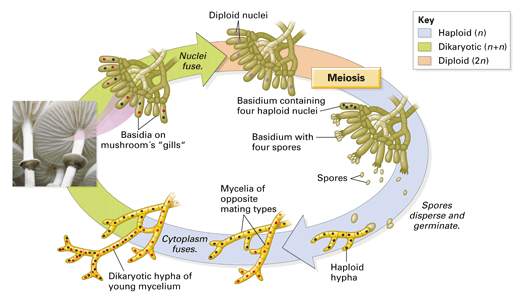
Chapter 18 Concept 18 2
Club fungi labeled
Club fungi labeled-The Basidiomycota (basidiomycetes) are fungi that have basidia (clubshaped structures) that produce basidiospores (spores produced through budding) within fruiting bodies called basidiocarps (Figure 8) They are important as decomposers and as food This group includes rusts, stinkhorns, puffballs, and mushrooms_____ _____ 3 Give another example of club fungi _____ 4 Label the parts of the mushroom 5 Why might a single mushroom produce thousands of spores?
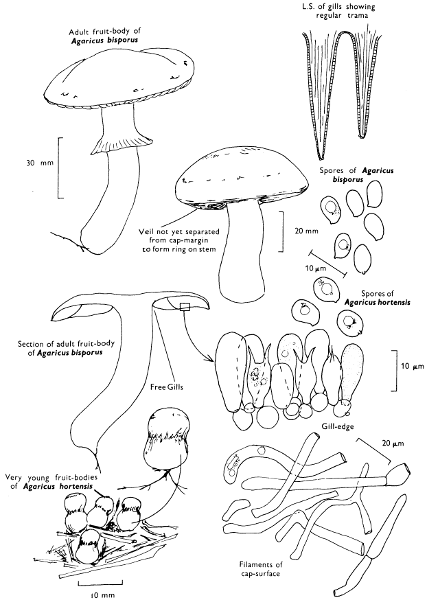



The Project Gutenberg Ebook Of Identification Of The Larger Fungi By Roy Watling
Unidentified Basidiomycota These two fungi were growing from a large clump of dirt that was trapped in the root structure of a fallen tree Lake Overstreet Extension Maclay Gardens Tallahassee, FL Fullsized photo 151 kBBasidiomycota The Club Fungi Basidiomycota are the other group of dikaryotic fungi This group includes the mushroomforming species of fungi, as well as two groups of (mostly) plant parasites, delightfully referred to as the rusts and the smuts Basidiomycota are distinguished from other groups of fungi by the following characteristicsGiant Club fungi are inedible Some clublike and corallike fungi are ascomycetous, but fairy clubs of Clavariadelphus and related genera belong to the Basidiomycota Distribution Rare in mainland Britain and Ireland as it is in other parts of northern Europe, Clavariadelphus pistillaris is fairly common in the countries of southern Europe
1 What characteristics are common to all sac fungi that reproduce sexually?Agaricus Agaricus campestris Scientific classification Kingdom Fungi Division Basidiomycota Class Agaricomycetes Order Agaricales Family Agaricaceae Genus Agaricus LFr emend Karst Type species Agaricus campestris LFr Synonyms Amanita Dill ex Boehm Fungus Tourn ex Adans Hypophyllum Paulet Myces Paulet Agaricus trib Psalliota Fr Pratella Gray Psalliota Key Terms glucan any polysaccharide that is a polymer of glucose;
Domain Eukarya KINGDOM FUNGI Mycoderives from the Greek word for fungusOver 70,000 species of living fungi have been identified Diploidy is transient, haploidy is the norm Fungi are heterotrophs that are important decomposers;Walk attendees have an opportunity to learn about mushrooms, trees, flowers, birds, and many other aspects of the natural world The club also organizes mushroomrelated special events including an annual foray, an evening lecture series held at the Friends Meeting House in Purchase, New York, and an annual club banquet in November The Master Label consists of the label that will accompany the Antimicrobial Alloys and a label Phlebotomy carts Fungi~ide, and Roden~cideA~t as awendedJ~ illa pestIcide Other Carts (tables/surfaces, shelving, o Gym/Health club




The Mushroom Fan Club By Elise Gravel 56 Pp Rl 2 Stuffed Mushrooms Mushroom Art Fungi




Reading Fungi Biology Ii Laboratory Manual
Ferns Lab 23 Gymnosperms Lab 24 Angiosperms and the Flower Lab 25 Seeds, Seed Germination, FruitsThis is a complete list of mycological societies in North America The North American Mycological Association promotes, pursues and advances the science of mycology NAMA has 78 affiliated clubs and 00 amateur mycologist membersFungi have characteristics that make them similar to both plants and animals Which characteristic do fungi share with plants but not animals?
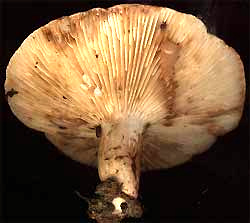



Gill Fungi




Polyporus An Overview Sciencedirect Topics
Chytrids are zoosporic fungi classified in the phylum Chytridiomycota, which currently includes two classes, Chytridiomycetes and Monoblepharidomycetes In the Chytridiomycetes there are six orders, each with distinct zoospore architecture Chytridiales, Spizellomycetales, Rhizophlyctidales, Rhizophydiales, Cladochytriales, and Lobulomycetales (Hibbett et al 07)FUNGIPHITE A Systemic Fungicide for the Suppression and Control of Have the product container or label with you when calling a poison control center or doctor, or going for treatment You may also contact the International Poison Center at 1 The Ascomycota,formerly known as the Ascomycetae, or Ascomycetes, are a Division of Fungi, whose members are commonly known as the Sac Fungi, which produce spores in a distinctive type of
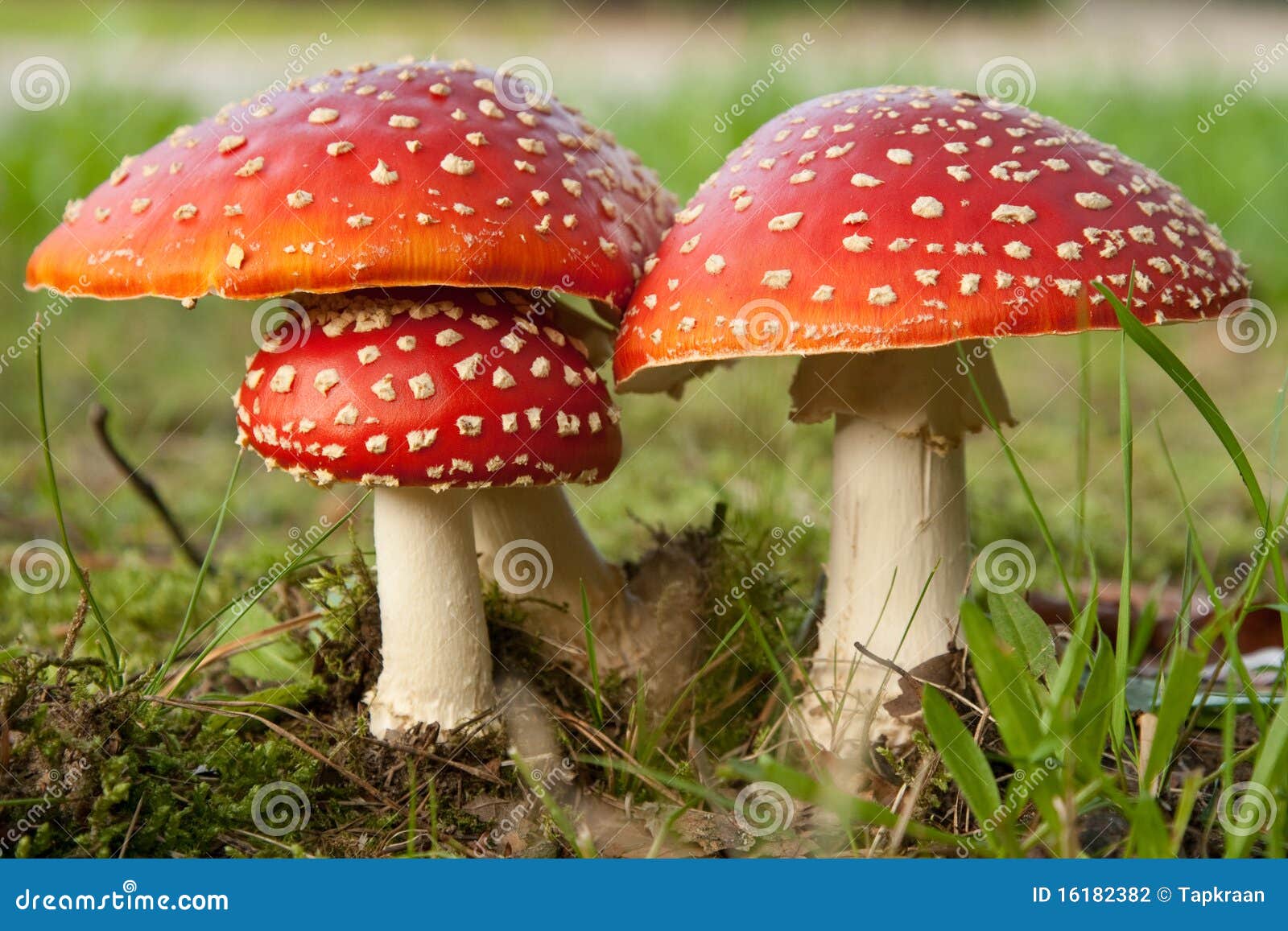



12 440 Amanita Muscaria Photos Free Royalty Free Stock Photos From Dreamstime
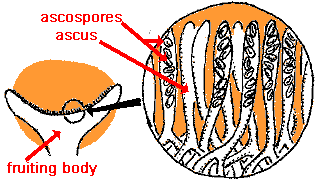



The Many Kinds Of Fungi
Feral Fungi started with a story and a concept working to create an initiatic set of Mushroom Spagyric Tinctures that were both physiologically potent and aligned with the age old axiom 'As Above, So Below' Working with the inner 7 planets and the doctrine of signatures and correspondences we have created a truly unique and holistic productCHAPTER 14 Fungi structure and reproduction Introduction Section "A" The fungi are a group of eukaryotic, nonvascular organism Which are of diverse forms, sizes, physiology and reproduces both by sexual (meiotic) and asexual (mitotic) sporesExamples of fungi Mushrooms, yeasts, molds, Penicilliumthe first of the wonder drugs, penicillin, was isolated from this fungus andPHYLUM CLUB FUNGI – mushrooms, shelf fungi, puff balls, earthstars, and coral fungi Mushrooms are a familiar example of a fruiting body of the club fungi Club Fungi sexually reproduce four spores on the surface of clubshaped structures called basidia PHYLUM SAC FUNGI – yeast, morels, truffles, Penicillium, and other bluegreen molds




Fungi Lab Zygomycota Common Mold 1 Name And Describe Three Kinds Of Hyphae That Make Up Bread Mold Rhizoids Rootlike Hyphae That Penetrate Bread Ppt Download




Kwoni S Scavenger Hunt 30 A Fungus Identify And Clearly Label Atleast 2 Structures
The fungi in the Phylum Basidiomycota are easily recognizable under a light microscope by their clubshaped fruiting bodies called basidia (singular, basidium), which are the swollen terminal cell of a hypha This group also includes shelf fungus, which cling to the bark of trees like small shelvesWhich label belongs in the area marked W?Bacteria, spores of fungi and plants, protozoa, and particles of nonliving organic matter At some point, plasmodia convert into sporebearing structures In Stemonitis, the plasmodium converts into a clustered mass of stalked sporangia More information at MidwestNaturalistcom Figure 1 A very large fruiting of Stemonits on a log




Biology



The Genus Clavariadelphus Clavariadelphaceae Gomphales In China
Have loosely arranged hyphae13 Examine the slide of Peziza asci (#) Make a drawing of the asci Label one ascus and its ascopores Peziza PHYLUM BASIDIOMYCOTA (Common name ) 14 Mushroom caps are only the fruiting bodies of club fungi, whereas the larger mycelium existsBIOLOGY OF ORGANISMS Experiment 4 FUNGI Aim i To identify the structures of black bread mold and describe both the sexual and asexual life cycles ii To identify the structures of sac fungi and describe both the sexual and asexual life cycles iii To identify the structures of club fungi and describe both the sexual and asexual life cycles iv




Jared Drew A Diagram To Compare Zygote And Club Fungi Which Description Belongs In The Area Labeled Brainly Com




Mushroom Diagram Hd Stock Images Shutterstock
Club Fungi Club fungi are considered the most highly evolved fungi They are an important group with about 16,000 known species The phylum Basidiomycota contains several subgroups whose relationships are not entirely clear One subgroup, the "higher" club fungi, include those that produce large fruiting bodies such as mushrooms, puffballs, orThe UW Herbarium database contains specimen label data for our Pacific Northwest collections of vascular plants, bryophytes, lichens, and fungi The Burke Museum is the premier museum of natural history and culture in the Pacific Northwest Located on the UW campusMost are saprobes (grow on nonliving organic matter), and some are parasites (grow on organic matter of living organisms)




Reading Fungi Biology Ii Laboratory Manual




Basidiomycetes Club Fungi Coprinus Puccinia Graminis Microscope Slides Carolina Com
The fourth, and final, division in the kingdom Fungi that we will cover is the phylum Basidiomycota This is the phylum that you are probably most familiar with because it contains fungi which are generally referred to as gilled fungi or gilled mushrooms However, with over 25,000 classified species, it also houses diverse members such as puffballs, shelf fungi, and rusts (which areHypha a long, branching, filamentousMycelium the vegetative part of any fungus, consisting of a mass of branching, threadlike hyphae, often underground;




Characteristics Of Protists Eukaryotic Mostly Unicellular Autotrophic And Heterotrophic Forms Ppt Download




The Project Gutenberg Ebook Of Identification Of The Larger Fungi By Roy Watling
Amanitas phalloides, also called the "death cap", produces a toxin that interferes with gene transcription An interesting, if not well known, type of club fungus is the stinkhorn, which emits a disagreeable odor in order to attract flies that help distribute the fungal sporesClub Fungi 1 Observe the bracket fungi describe what you see 2 What could you conclude about a tree with numerous bracket fungi?Basidiomycetes – The Club Fungi 1 Basidiomycetes (Gk basidium small base, mykes fungus) are the most advanced and most commonly seen fungi as their fructifications are often large and conspicuous, eg, mushrooms (gill fungi), toadstools, puff balls, bracket fungi, etc 2 The class contains about 25,000 species 3




Bio Exam 3 Flashcards Quizlet




Index Of Files H Images
Club fungus and coral fungus – erect fruiting body without a distinct stalk and cap, either unbranched (club fungus) or profusely branched (coral fungus) polypore – underside of the fruiting body usually consists of tubes;Jared drew a diagram to compare zygote and club fungi Which description belongs in the area labeled X?Absorbed Most fungi reproduce both sexually and asexually Fungi are classified into divisions Three divisions of fungi include zygote forming fungi, Ascomycete sac fungi and club fungi Imperfect fungi are another group of fungi that have sexual stage of reproduction Fungi are found growing on bread, orange, food remains etc




Armillaria An Overview Sciencedirect Topics



Fungi Basidiomycota The Club Fungi Sparknotes
Lichens Lab 21 Bryophytes Lab 22 Fern Allies;Otherwise very variable, usually woodinhabitingFormerly sold as Roots endoRoots 334 () A natural granular fertilizer with mycorrhizal fungi and NPK of 334 For aerification of putting greens for quick recovery Speeds up root establishment Increases turf density



Fungi Basidiomycota The Club Fungi Sparknotes



In Schoolwires Net Cms Lib07 In Centricity Domain 49 Chap12 Pdf
28 Diagram Of Fungi Basidiomycota Club Fungi Jelly Fungi Fungal Cell Diagram Top Electrical Wiring Diagram Cell Wall Plant Fungal Bacterial Structure And Functions Cell Wall Accumulation Of 35 S Labeled Cryparin A Min Pulse OfLab 17 Chytrids, Zygote Fungi, Sac Fungi, Deuteromycetes, Lab 18 Club Fungi, Other Funguslike Organisms Lab 19 Cyanobacteria, Algal Diversity Lab Green Algae;In this lesson student will keep a scientific notebook to relate the major structure of fungi to their functions Students will review several resources on fungi as well as conduct an investigation using yeast to compare its decomposition properties
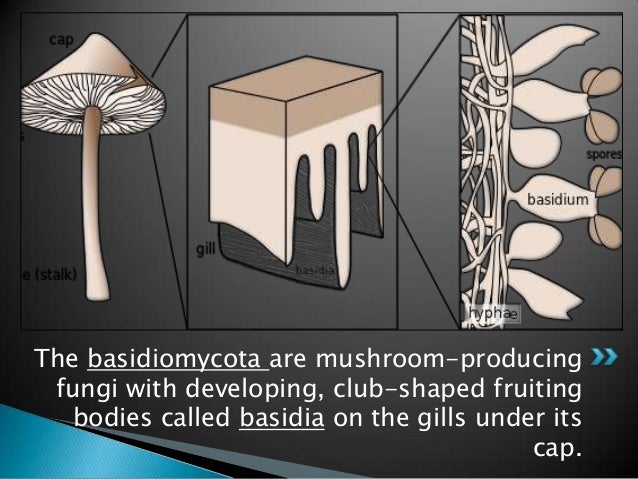



Basidiomycetes




Mushroom Classification Using Ann Kaggle
The simple, clubshaped or more or less cylindrical holo or homobasidium lacks septa, and has a rounded apex It originates as a terminal cell of a binucleate hypha of the secondary or tertiary mycelium in the basidiocarp (Fig 138) The narrow elongated, binucleate young basidium is separated from the supporting hypha by a septum (a)Contain numerous flagella Are multicellularFungi The division of fungi known as the club fungi, Basidiomycota, includes some of the most familiar fungi Mushrooms, puffballs, and shelf fungi are all members of this group, as are the plant rusts and smuts This group, which contains approximately 15,000 known species, is distinguished by the presence of a club shaped reproductive organ called the basidium




The Mushroom Fan Club By Elise Gravel



Www2 Illinois Gov Dnr Publications Documents Pdf
Lab Study C Club Fungi – Phylum Basidiomycota Caprinus Label the parts of the basidiocarp shown to the right What type of reproduction (asexual, sexual or both) results in the production a visible basidiocarp such as this mushroom?The fungi in the Phylum Basidiomycota are easily recognizable under a light microscope by their clubshaped fruiting bodies called basidia (singular, basidium ), which are the swollen terminal cell of a hypha The basidia, which are the reproductive organs of these fungi, are often contained within the familiar mushroom, commonly seen in fields after rain, on the supermarket shelves,Nest, bracket fungi, rust fungi, and smut fungi Aka Club Fungi Have clubshaped Hyphae called basidia that produce basidiospores Labeled Mushroom
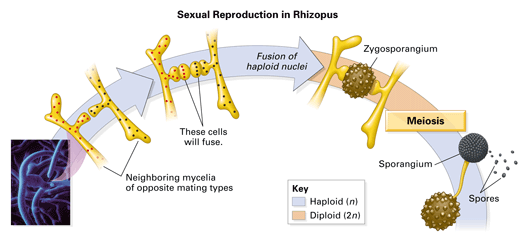



Chapter 18 Concept 18 2




Coprinus Diagram Quizlet
Florida Academic Lichen And Fungi Enthusiasts League August 7 at 1230 PM · "There would be no life on Earth without fungi the yeasts, molds and mushrooms that are critical to decomposition and forest regeneration, mammalian digestion, carbon sequestration, the global nutrient cycle, antibiotic medication, and the bread, beer and chocolate Plz answer correctly and quickly Jared drew a diagram to compare zygote and club fungi Which description belongs to the area labeled X?Novel Modeofaction fungicide for superior control of soilborne and foliar diseases Attacks fungi at multiple sites Tank mixture partner to enhance the performance of synthetics and reduce resistance development Exempt from us residue tolerances 4HR REI




Phylum Basidiomycota The Basidiomycetes Club Fungi




Fungi Microbiology
Herbarium collections of fungi with conspicuous sporebearing strnctures commonly known asmacrofungi (eg, mushrooms, boletes, puffballs, club fungi, morels, stink horns, truffles and cup fungi)are the subject of this proposal We propose to unite established and nascent collections ofmacrofungiinto the Macrofungi Collection Consortium (MCC) that collectively will digitizeFungus, any of about 144,000 known species of organisms of the kingdom Fungi, including yeasts, mildews, molds, and mushrooms Fungi are some of the most widely distributed organisms on Earth and are of great environmental and medical importance Learn more about their life cycles, evolution, taxonomy, and featuresLabeled carbon taken up by the plant will be transferred to mycorrhizal fungi In the control, little labeled carbon will be present in the soil surrounding the roots There will be no difference in the localization of carbon in the two treatments A large percentage of the labeled P or N taken up by the fungi will be transferred to the
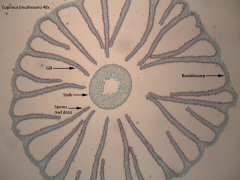



Microbiology Slides Fungi Flashcards Cram Com
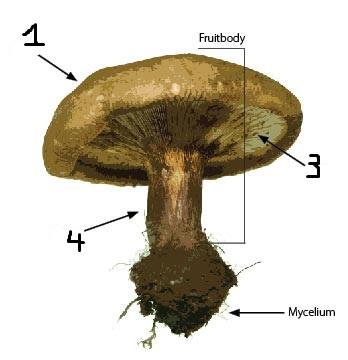



Lab 7 Fungi Flashcards Chegg Com
Ergosterol the functional equivalent of cholesterol found in cell membranes of fungi and some protists, as well as, the steroid precursor of vitamin D2;Lab Study C Club Fungi Materials Compound microscope Stereoscopic microscope Fresh, ripe mushroom basidicarps Variety of mushrooms from nature Prepared slides of Coprinus pileus section Demonstrations of fresh or preserved examples of club fungi Bird'snest fungi, puffballs, shelf fungi, and corn smut Procedures Draw and label a wholeClub fungi of the family of fungus with a simple or clubshaped sporophore fermentation a chemical breaking down of a substance (as sugar) that is controlled by an enzyme, usually does not require oxygen, and typically results in the production of alcohol and carbon dioxide fungi members of the kingdom of living things (as mushrooms, molds, and rusts) that have no



Fungi Antibiotics Yeasts Penicillium




Club Fungi Diagram Quizlet
2 Compare the appearance of Penicillium with that of Rhizopus Lab Study C Club Fungi Basidiomycota Procedure 2 Draw a simple picture of the fresh mushroom in the box below and label the following parts gills, pileus and stipe Draw a crosssection through the 👍 Correct answer to the question Jared drew a diagram to compare zygote and club fungi Which description belongs in the area labeled X?
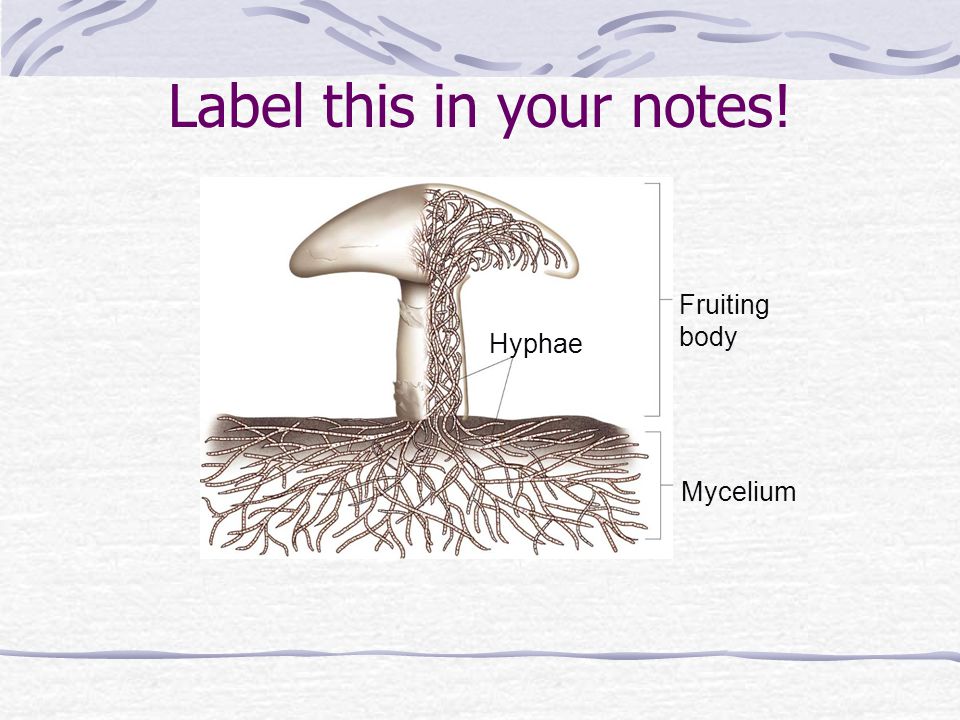



Chapter 21 Kingdom Fungi Notes Ppt Download




Types Of Fungi Biology Wise




Chapter 18 Concept 18 2




Fungi Microbiology



Collecting Boletes Boletales Com
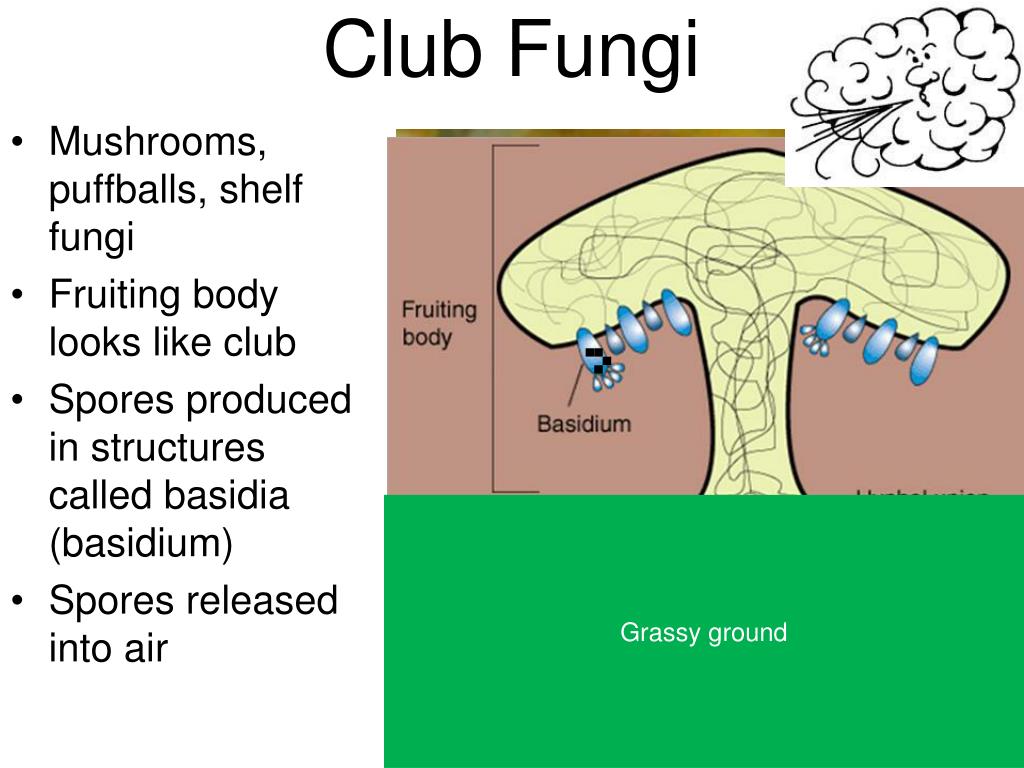



Ppt Kingdom Fungi Powerpoint Presentation Free Download Id



Index Of Images Kingdoms Fungi



Cordyceps Mushroom




Fungi Diversity Flashcards Quizlet



Club Fungi King Of Kingdoms




30 Diagram Of Mushroom With Label Labels For Your Ideas
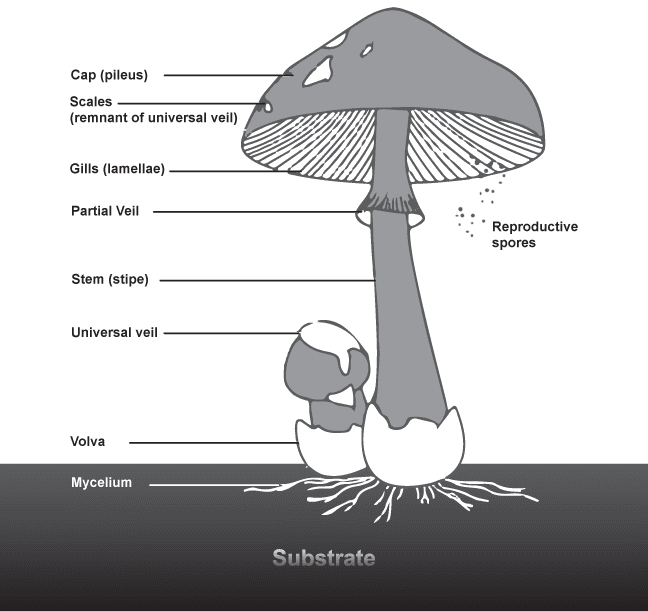



Beluga Goes Fungal P Cubensis Edition Thcfarmer




Fungi Lessons Blendspace



Q Tbn And9gctbectwlckk72yqvv1errigb6quaaugbhsbl3anjjq8zyhpzbkv Usqp Cau




Image Analysis Of Mushroom Types Classification By Convolution Neural Networks Semantic Scholar
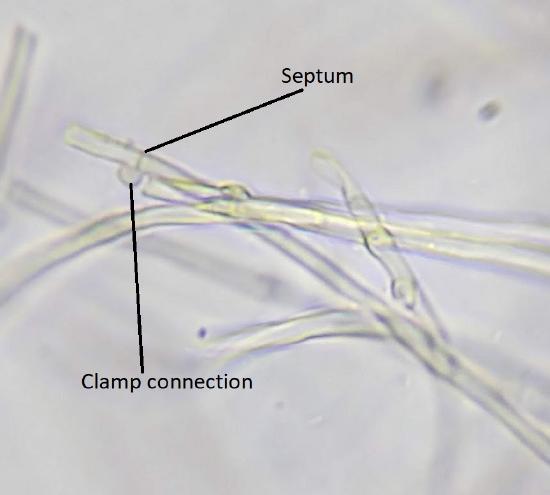



3 6 1 Characteristics Biology Libretexts




Termitomyces An Overview Sciencedirect Topics



Mushroom Tutorial



Club Fungi



What Is A Mushroom Steemit




Basidiomycota The Club Fungi Biology For Majors Ii
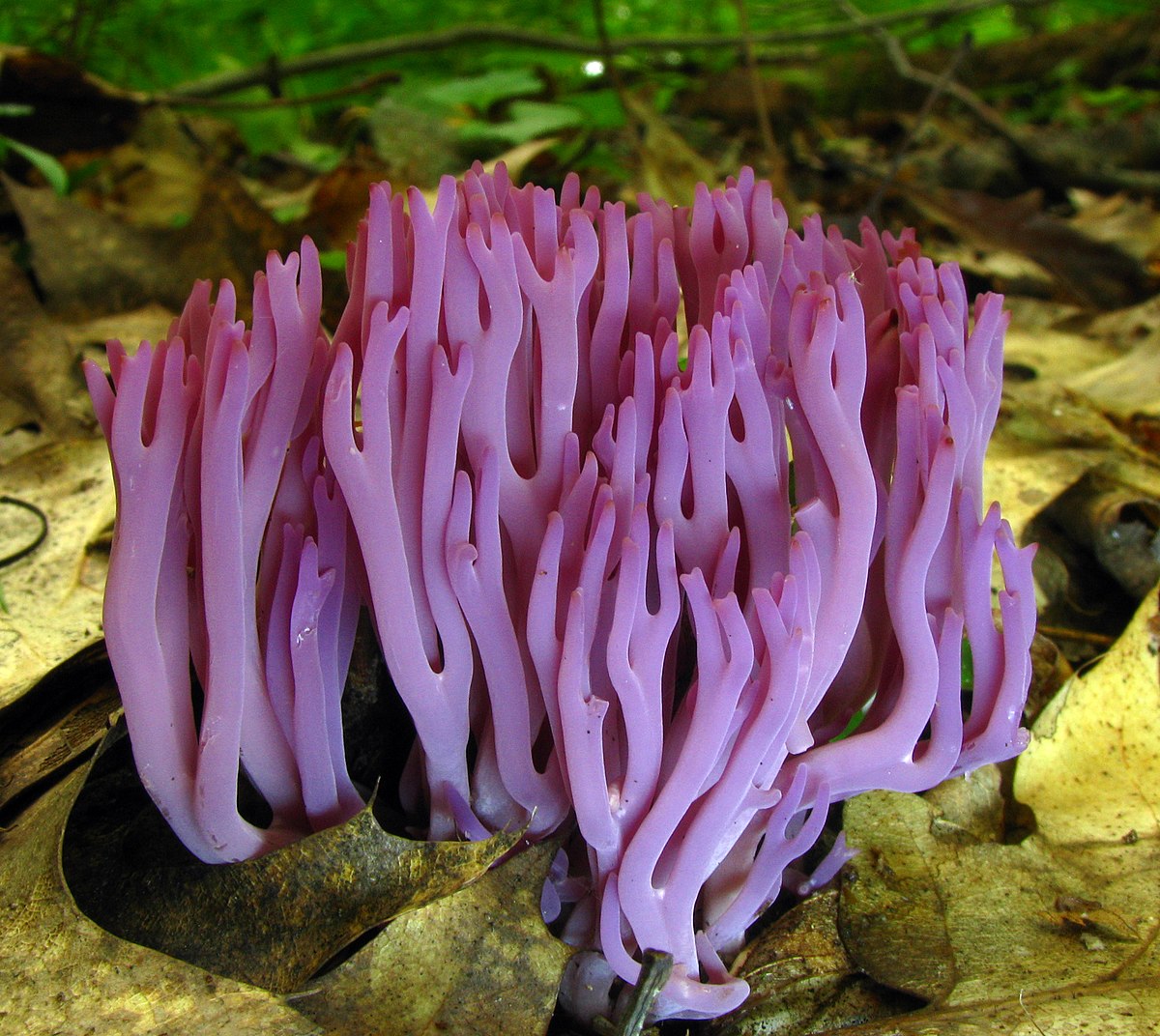



Clavarioid Fungi Wikipedia




Introduction To Animals Taxonomy Breakdown Three Domains Six




Diagrams Of Fungi
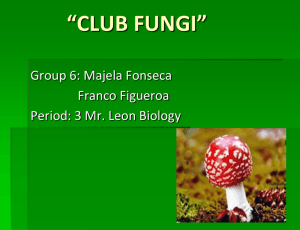



Ecology And Management Of Commercially Harvested Chanterelle Mushrooms



Club Fungi Club Fungi




Pop Up Post Fungi I D Walk In West Olympia Native Plant Salvage Foundation




Club Fungi Large Images Page 2



Yellow Club Fungus Life And Opinions Life And Opinions



Q Tbn And9gcrnv55ers Qfdutbexumrqlsyn Smfnycd5 Recn8ico1qh7mo1 Usqp Cau
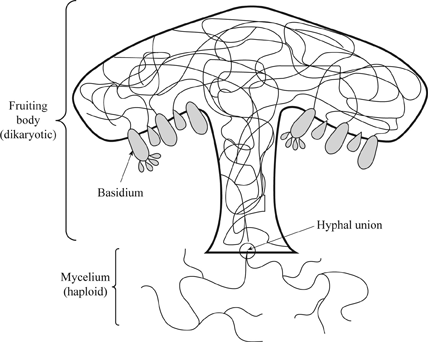



Definition Of The Major Groups Of Fungi Chegg Com




Fungi Flashcard Flashcards Quizlet




30 Diagram Of Mushroom With Label Labels Design Ideas
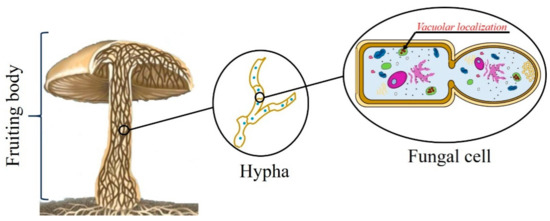



Toxins Free Full Text Ageritin From Pioppino Mushroom The Prototype Of Ribotoxin Like Proteins A Novel Family Of Specific Ribonucleases In Edible Mushrooms Html
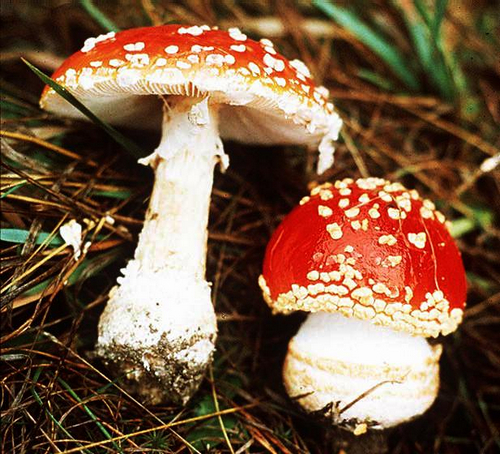



Club Fungi
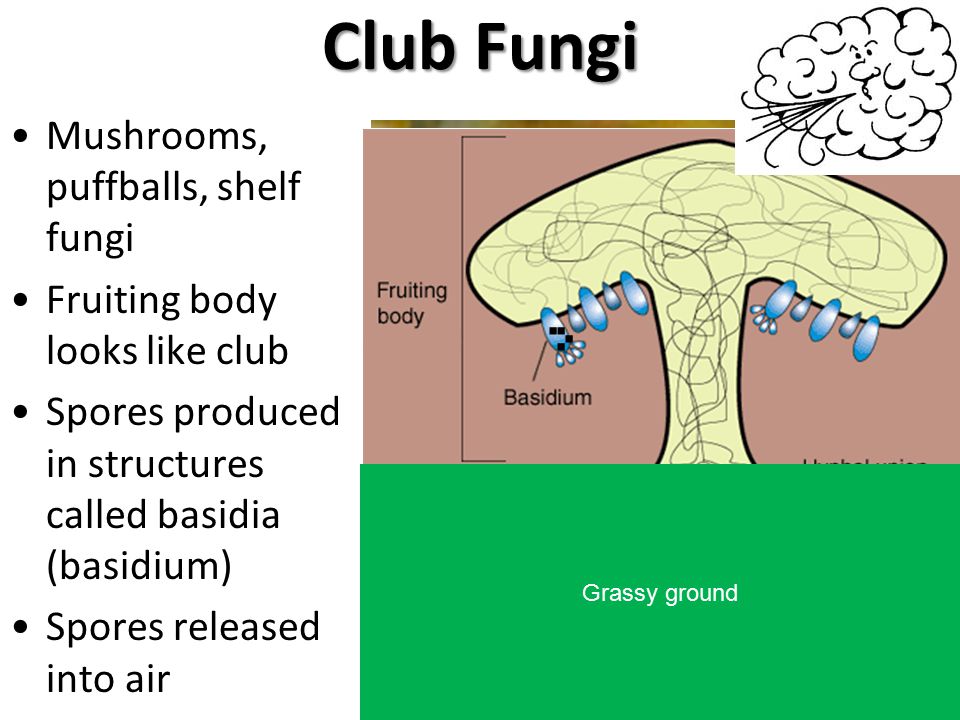



Kingdom Fungi Ppt Video Online Download




Basidiocarp Wikipedia



About Club Fungi




Homii Lily Sidobord Multi Guld Unoliving



The Genus Clavariadelphus Clavariadelphaceae Gomphales In China



Bird Watching And Wildlife Club Blog




Multicellular Fungus Hyphae Ppt Download




Basidiomycota




Club Fungi Reproductive Structures Are Shown In The Image Below What Benefits Are There In Having Brainly Com
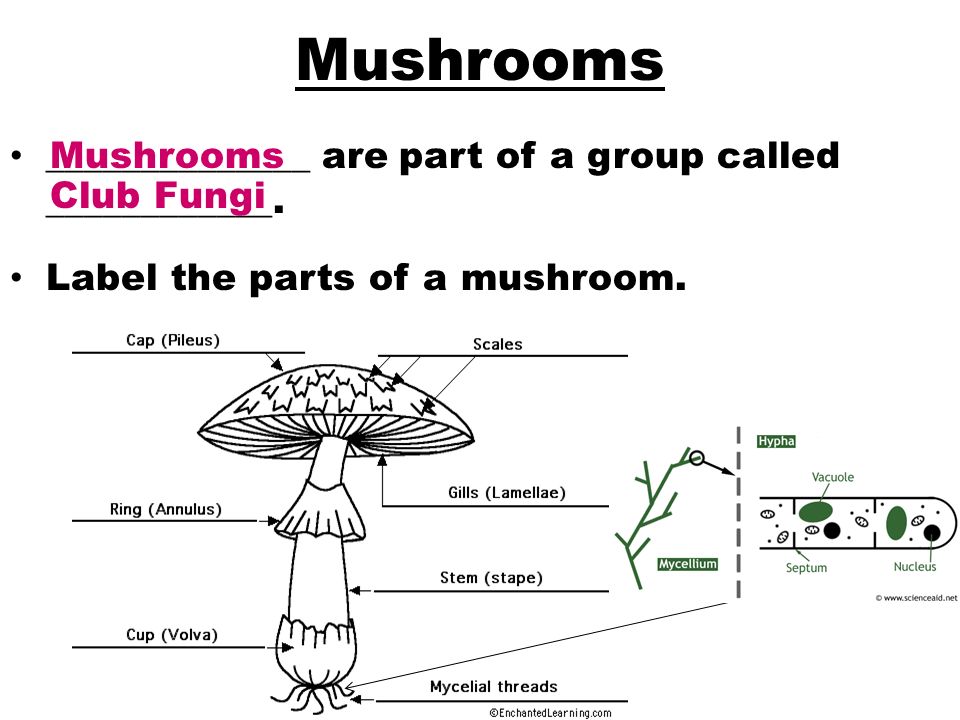



Microorganisms A Riddle Clue 1 Clue 2 Clue 3 Clue 4 Answer It Happens To Some People Rarely It Happens To Some People Frequently It Happens In Ppt Download




The Project Gutenberg Ebook Of Identification Of The Larger Fungi By Roy Watling



Basidiomycota




How To Tell If A Mushroom Is Poisonous Proper Survival




Pop Up Post Fungi I D Walk In West Olympia In 21 Stuffed Mushrooms Fungi Parts Of A Mushroom



1
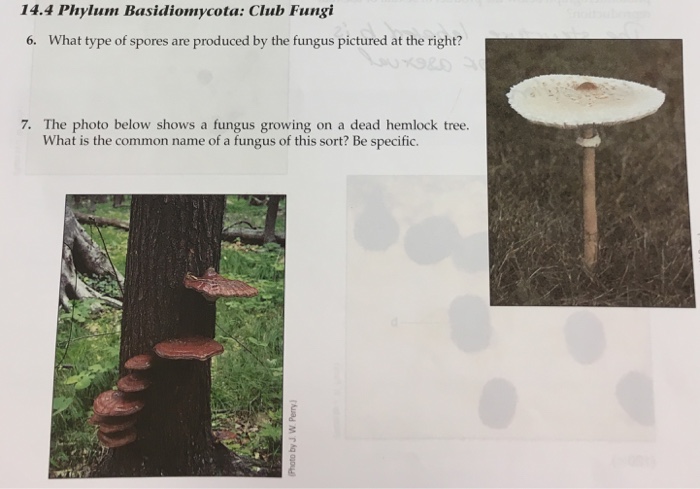



14 4 Phylum Basidiomycota Club Fungi 6 What Type Of Chegg Com
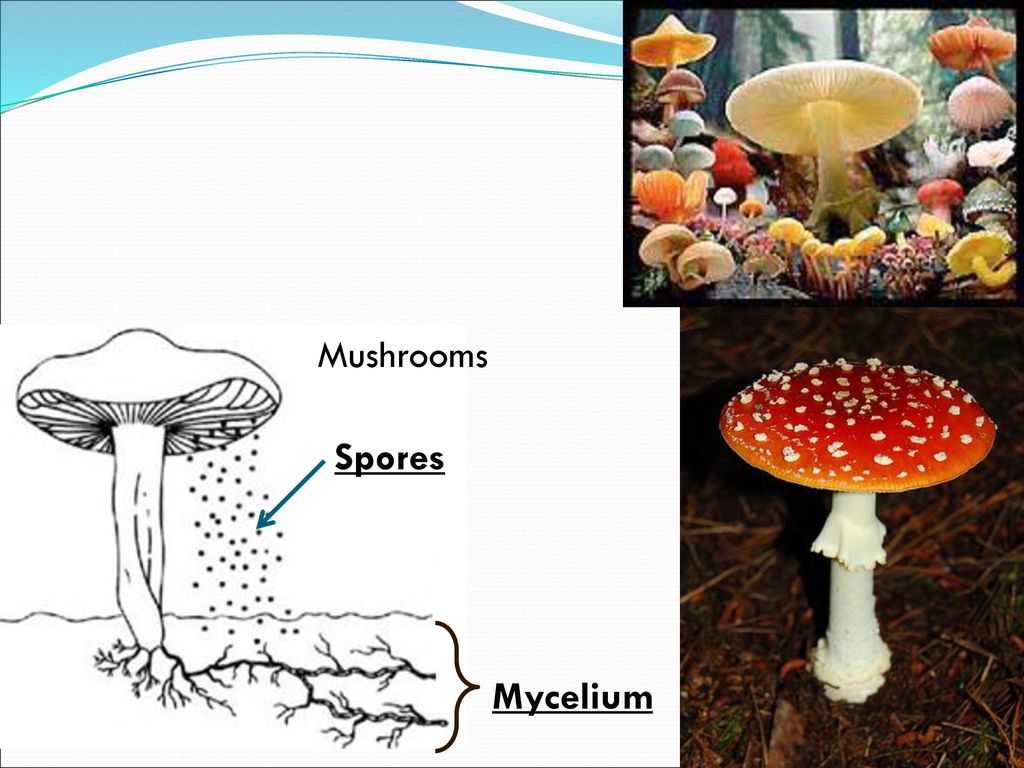



Types Of Fungi Ppt Download
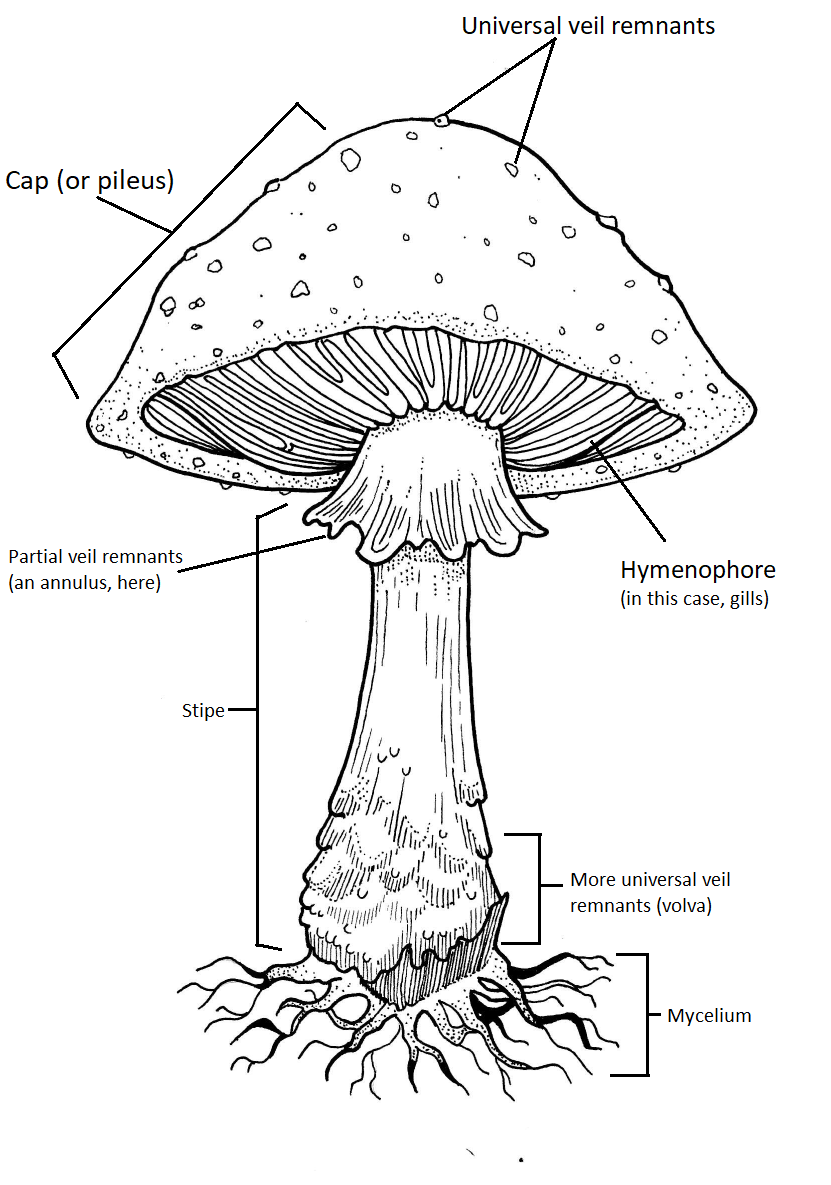



3 6 2 Types Of Basidiocarps Biology Libretexts




Fungi Day Panels Now Available Online The Frida Cinema




Mushrooms



Mushroom Life Cycle



Http Www Hamilton Local K12 Oh Us Downloads 2 21 Fungi Kingdom Pdf




Science Flashcards Quizlet



Fungi
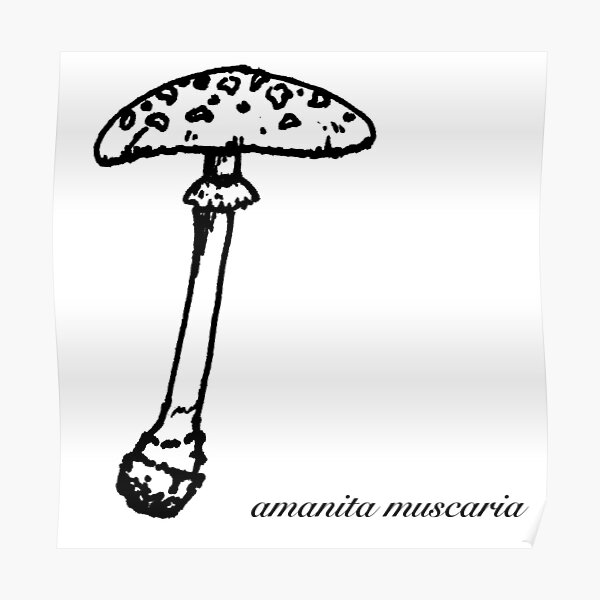



Amanita Muscaria Mushroom Botanical Drawing Poster By Asleepyfairy Redbubble



Draw And Label Fungi Shefalitayal
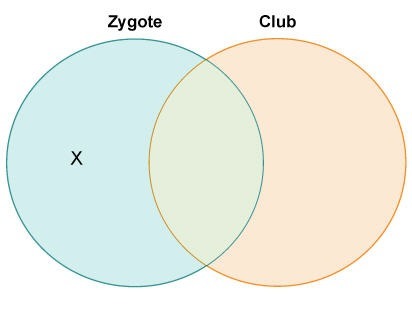



Plz Answer Correctly And Quickly Jared Drew A Diagram To Compare Zygote And Club Fungi Which Description Belongs To The Area Labeled X Contain Numerous Flagellaare Multicellularproduce Sporeshave Loo Studydaddy Com



Collecting Boletes Boletales Com




Mushroom Observer Glossary Of Mycology Terms




Pdf Clavariadelphus Pakistanicus Sp Nov A New Club Fungus Basidiomycota Gomphales From Himalayan Moist Temperate Forests Of Pakistan




Definition Of The Major Groups Of Fungi Chegg Com
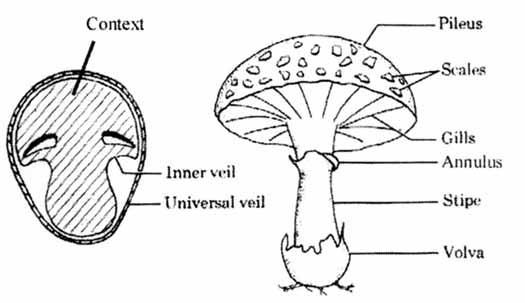



Mushrooms Classification Part 1 Laptrinhx



Club Fungi King Of Kingdom S By Evan



1




Please Answer Asap The Diagram Shows The Inside Structure Of A Fungus Which Best Describes The Brainly Com



0 件のコメント:
コメントを投稿